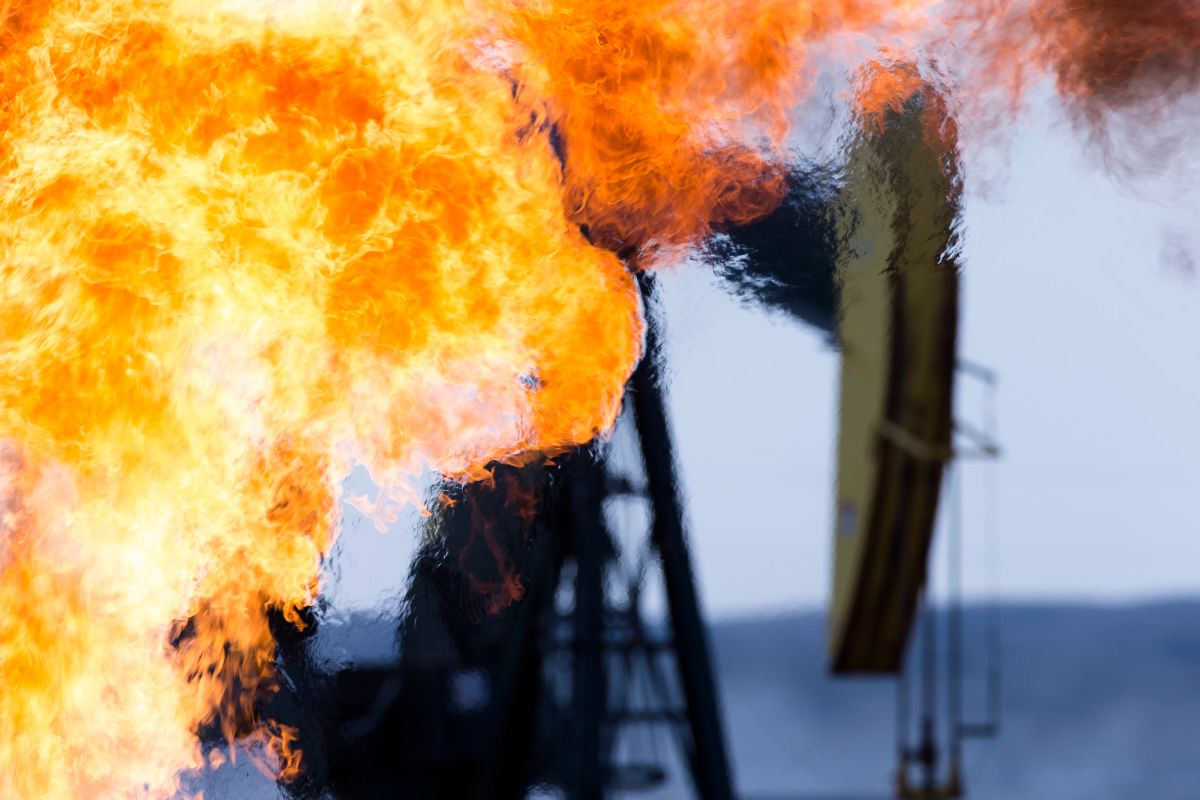Unlocking Profits: Why Oil and Gas Companies Are Betting Big on Carbon Capture Technology
In a significant development in the oil and gas industry, carbon capture technology is becoming increasingly intertwined with fossil fuel production. Two years ago, Occidental Petroleum made headlines by acquiring the carbon capture startup Carbon Engineering, a move that positioned them for a lucrative future in a sector projected to be worth up to $150 billion by 2050. Now, it seems that the company’s intentions may not be as environmentally focused as initially claimed.
Occidental’s Shift in Strategy
During a recent earnings call, Occidental’s CEO, Vicki Hollub, revealed a change in the company’s narrative regarding the use of carbon capture technology. Initially, the firm presented this acquisition as a step toward reducing its carbon footprint. However, Hollub emphasized that the primary goal is to utilize captured CO2 to enhance oil production.
Enhanced Oil Recovery with CO2
Hollub likened the process of injecting CO2 into oil wells to hydraulic fracturing (fracking), which revolutionized U.S. oil production. She stated, “Taking CO2 out of the atmosphere is a technology that needs to work for the United States, and President Trump knows the business case for this.” The Verge was the first to report on her comments.
Challenges and Opportunities in Carbon Capture
Despite its potential, direct air capture remains a costly endeavor, with expenses ranging from $600 to $1,000 per metric ton. However, the Inflation Reduction Act offers substantial incentives, providing up to $130 per metric ton for CO2 used in enhanced oil recovery, provided it is permanently stored underground. This financial support, combined with carbon credit sales, could help Occidental achieve profitability by the end of the decade.
- Carbon Capture Costs: $600 to $1,000 per metric ton
- Inflation Reduction Act Incentives: Up to $130 per metric ton
- Potential Profitability: By the end of the decade
The Historical Context of Carbon Capture
Carbon capture has a complex history within the fossil fuel sector. The practice of injecting CO2 into oil wells began in the 1970s using gas from underground deposits. Despite early efforts, widespread adoption was hindered by low oil prices. A notable attempt came about a decade ago when NRG Energy established the Petra Nova facility, the first carbon capture plant linked to a coal-fired power plant. This installation aimed to capture a third of one boiler’s CO2 emissions and utilize this gas to increase oil production.
Petra Nova’s Mixed Results
While Petra Nova achieved a production increase from 300 barrels to 6,000 barrels per day, this was still below the initial forecasts. The facility was shut down in 2020 due to plummeting oil prices during the pandemic and was later sold to JX Nippon.
Future Prospects for Carbon Capture in Oil Production
Although oil prices have rebounded, the viability of enhanced oil recovery using CO2 remains questionable, primarily due to insufficient gas availability. However, direct air capture technology could potentially provide the necessary CO2. With humanity releasing gigatons of CO2 through fossil fuel combustion over the last century and a half, there’s a possibility of achieving carbon-negative oil production—a process that captures more carbon than it emits.
The future of federal incentives for direct air capture remains uncertain, especially with the shifting political landscape. However, given the oil industry’s interest in maintaining current practices, these incentives may have a fighting chance to survive.
For more insights on carbon capture and its implications for the oil industry, explore our related articles on the benefits of carbon capture and the future of fossil fuels.







